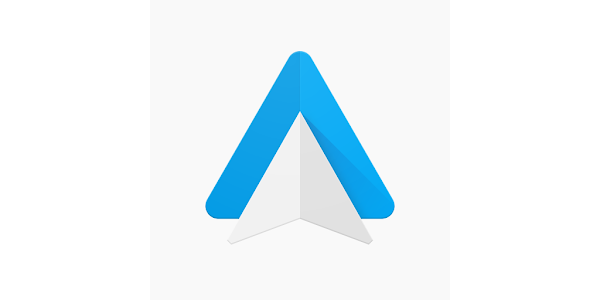

As smartphone technology continues to evolve, it’s no surprise that manufacturers have integrated these devices into our everyday lives, including our cars. Apple’s CarPlay and Google’s Android Auto are two of the most popular platforms that provide seamless smartphone integration with your vehicle’s infotainment system. Let’s take a closer look at the similarities and differences between CarPlay and Android Auto.
Compatibility:
One of the key factors to consider when choosing between CarPlay and Android Auto is the smartphone you own. CarPlay is exclusively designed for Apple iPhones, while Android Auto is, as the name suggests, for Android devices. Therefore, your choice may be determined by your current smartphone or your preference for one ecosystem over the other.
User Interface:
CarPlay and Android Auto share a similar goal: to provide a safe and intuitive interface that reduces distractions while driving. Both platforms have adopted a simplified and user-friendly interface. CarPlay features the familiar iOS look and feel, with app icons displayed in a grid on the car’s touchscreen. Android Auto, on the other hand, uses Google’s Material Design and places apps in a more vertical format with easy-to-read text.
Navigation:
Both CarPlay and Android Auto offer powerful navigation features. CarPlay uses Apple Maps as its default navigation app, providing accurate directions and real-time traffic information. Android Auto, on the other hand, typically uses Google Maps, which is renowned for its extensive database, accurate traffic data, and Street View integration. However, Android Auto does allow third-party navigation apps, which can be an advantage if you prefer using something other than Google Maps.
Apps:
Both platforms support a wide range of apps, including music streaming services, messaging apps, podcast players, and more. However, the availability of specific apps can vary. For example, CarPlay may have better integration with Apple’s first-party apps like Apple Music and iMessage, while Android Auto may offer a broader selection of third-party apps.
Voice Assistant:
CarPlay uses Apple’s Siri as the voice assistant, enabling hands-free control of your apps and phone functions. Android Auto, as expected, employs Google Assistant, which is known for its exceptional voice recognition capabilities and can be deeply integrated with other Google services like Google Calendar and Gmail.
Customization:
Android Auto is known for its higher level of customization. You can choose from various themes and personalize the interface to a greater extent. CarPlay, in contrast, has a more uniform look and fewer customization options.
Wireless Connectivity:
Both platforms originally required a physical connection between your phone and the car’s infotainment system. However, in recent years, both CarPlay and Android Auto have introduced wireless connectivity options, making it more convenient for users to connect without the need for cables.
Updates:
CarPlay and Android Auto receive regular updates to improve functionality, stability, and security. These updates are often synchronized with smartphone operating system updates, ensuring a seamless experience for users.
In conclusion, the choice between CarPlay and Android Auto largely depends on your smartphone preference, as each platform is tailored to its respective ecosystem. Both offer similar core features, like navigation, voice assistance, and app integration, but may vary in terms of the specific apps available and the degree of customization. Ultimately, your decision should be based on which platform complements your smartphone and your personal preferences for user interface and features.
Image credit:
https://developer.apple.com/carplay/
https://play.google.com/store/apps/details?id=com.google.android.projection.gearhead

This is good article.